Optimal FCR rates are reached at the point where it no longer makes sense to attempt to mitigate factors that inhibit resolving cases at first contact.
Optimizing FCR
There is a point when a contact center has achieved its highest attainable level of resolving cases at first contact. The attainment of this level of FCR does not imply that the contact center has reached some specified FCR rate, only that it has reach a point where it is no longer economical to invest any more time or effort into mitigating inhibitors to increase the FCR rate. Consider the following steps for optimizing FCR performance:
Step 1: Optimization Opportunity
The first step in FCR optimization is to verify if an opportunity exists. The opportunity to optimize FCR comes from the ability to mitigate the factors that inhibit FCR performance. If the you determine through a thorough FCR analysis that nothing more can be done to resolve cases at first contact, then the optimal FCR performance level has been reached.
Step 2: Root Cause Analysis
Determine what factors may inhibit FCR performance. Attempt to establish the extent to which specific factors contribute to the reduction in FCR. For example:
20% of cases escalated by team x could be closed on first contact if they had additional training about how to configure our products for virtual environments.
Step 3: Cost – Benefit Analysis
When there is room to improve FCR performance and the root cause(s) are understood it is essential to determine if FCR optimization is cost effective. While there may be an FCR performance gap, the benefits to close this gap may not be worth the cost to close it. In the example provided above the cost to develop and deliver the additional training module must be less than the expected benefits from resolving an additional 20% of cases at first contact. Resolving an additional 20% of cases at first contact is significant for 1,000 cases per month, but for lower cases volumes (e.g. 100 cases / month) the benefits may not outweigh the costs.
Step 4: Action Plan and Execution
Develop an action plan complete with the FCR inhibitor(s) you are targeting, the steps to mitigate inhibitors, the expected impact on FCR performance and the cost-benefit justification. Continue to track FCR performance to assure that optimization efforts are working.




